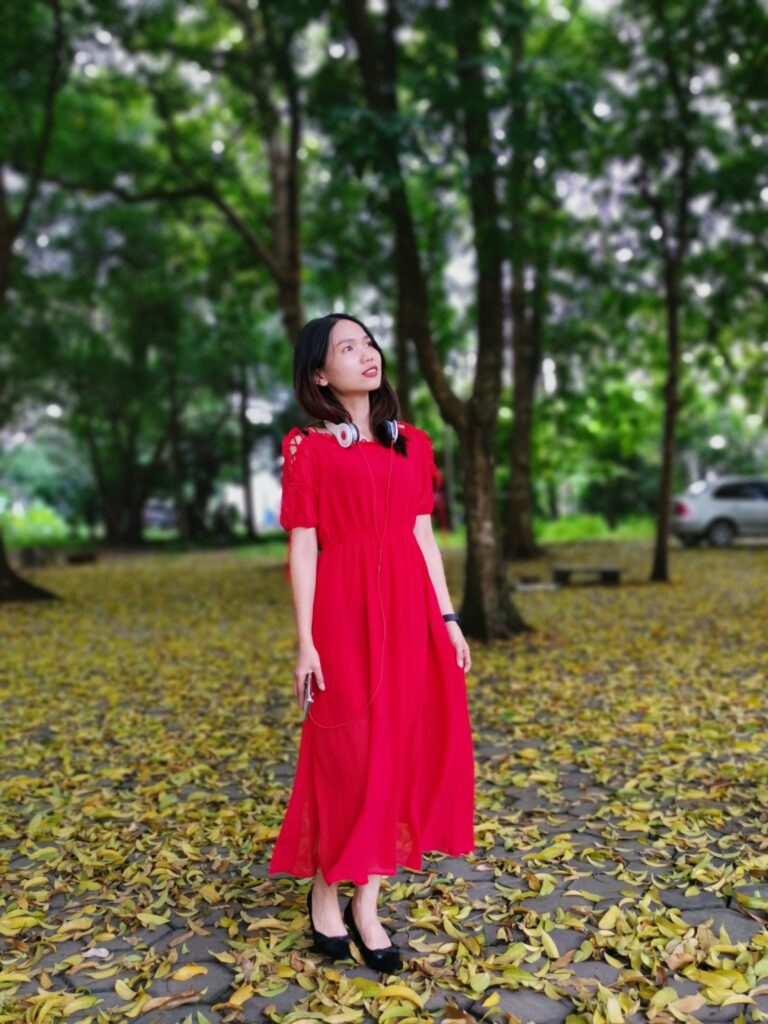People
Wenji LUO
PhD student (Guangxi University)
2019 - Present
Current
I am interested in tropical tree species population genetics and conservation. Many species in Diperocarpaceae, which form the backbone of tropical forests in the centre of biodiversity, are currently endangered or threatened with extinction.
I am studying the population genomics of Vatica guangxiensis (Dipterocarpaceae) and exploring its suitable distribution model to contribute to preventing the extinction of endangered tropical trees and protecting biodiversity. Vatica guangxiensis (Dipterocarpaceae) is a valuable tropical timber species distributed in the tropical seasonal rainforest of China and northern Vietnam. Currently, there are only three natural populations distributed in southwest China and they have geographical barriers, but the Vietnam population is not yet known. Therefore, I would like to explore the genetic variation capacity of this species by assessing the genetic diversity between and within populations, whether there was a bottleneck, as well as gene flow and differentiation between populations. Finally, the niche of this species is found through the suitable distribution model, which not only provides a reference for ex situ conservation but also provides a basis for finding the existing population in Yunnan.
I am a PhD student in Ecology from Guangxi University in China and now undergoing the National Construction of High-level University Public Graduate Project at the National University of Singapore under Dr Frank Rheindt. I am conducting research on the population genetics of the American horseshoe crab under the guidance of Tang Qian, a postdoctoral fellow of Dr Frank Rheindt. I received my MS in Landscape architecture and BS in Agricultural resources and the environment from Guangxi University, China.
Publications
- Luo, W., Strijk, J. S., Barstow, M., & Wee, A. K. (2022). The role of protected areas in tropical tree conservation post-2020: A case study using threatened Dipterocarpaceae. Biological Conservation, 272, 109634. [Open access – Click here]
- Weichao Teng,Yachao Kang,Wenjuan Hou, Houzen Hu, Wenji Luo, et al. Phosphorus application reduces aluminum toxicity in two Eucalyptus clones by increasing its accumulation in roots and decreasing its content in leaves[J]. Plos One, 2018, 13(1):e0190900. [Open access – Click here]



